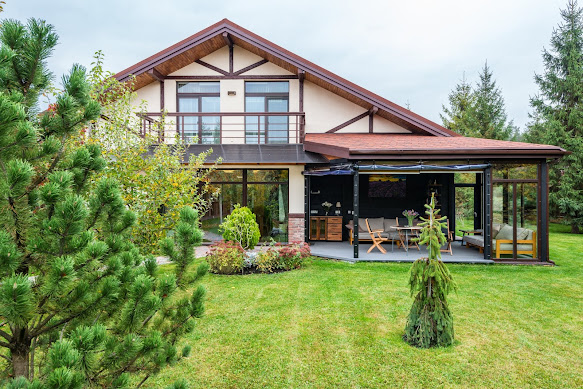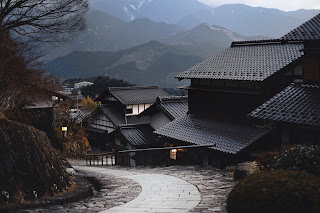The Most Vulnerable Areas Of Your Roof- Roof Solar
To the untrained eye, your home's roofing system looks simple and uninteresting. However, you'll be happy to know that it's a multi-party system, each with a distinct function.
Each section of your roof works
together to form a seamless barrier between the outside world and your home.
Depending on the materials, a
professionally installed roof should last anywhere from 25 to 50 years. Regular maintenance is still required to ensure optimum performance over time, even if
your installer takes every precaution to ensure the longevity of the
installation and function.
A few spots on your roof are more vulnerable than others, increasing your risk of problems. Continue reading to
learn which parts of your roof are most susceptible to malfunction.
Fascia
A fascia is the horizontal board
that runs along the edge of your roof, giving it a finished look. The fascia
shields your roof from the elements, extending its lifespan and making it more
useful.
It serves to keep water out of
your home's interior and away from your roof's underlying structures. Fascia
deterioration is most commonly caused by excessive moisture exposure.
The constant presence of water in
fascia boards leads to rot and mould growth because they are typically made of
wood. Synthetic materials are better for high-moisture areas because of their
impermeability, so a wise homeowner might want to consider them.
Flashing
Using flashing, you can keep water
and debris off of the roof's edges, valleys, and walls. Flashing protects the
roof from water damage by directing it away from gaps in the roofing materials.
Your roof's flashing, which is
usually metal, will corrode over time if not properly cared for. Your roofing
materials and home could be exposed to the elements as a result of this
oxidation weakening the structure.
Soffit
The soffit is the part of a roof's
eave that extends below the overhang. Soffits are an important part of your
attic's structure because they help regulate the air and protect it from the
elements.
Be cautious if your house has
soffits. Insects and pests can easily gain entry into your roofing system
through these openings. Damage from water is a common occurrence due to the
thinness of the materials used.
Gutters
Water is transported away from
your roofing system by gutters. However, they quickly become clogged with
debris such as leaves, twigs, and other small objects.
Having a clogged gutter system
prevents water from exiting the roofing system, which can lead to more
extensive damage throughout the roof.
For more information on roofing issues and how to fix them, don’t hesitate to call Roof Solar Roofing today!




Comments
Post a Comment